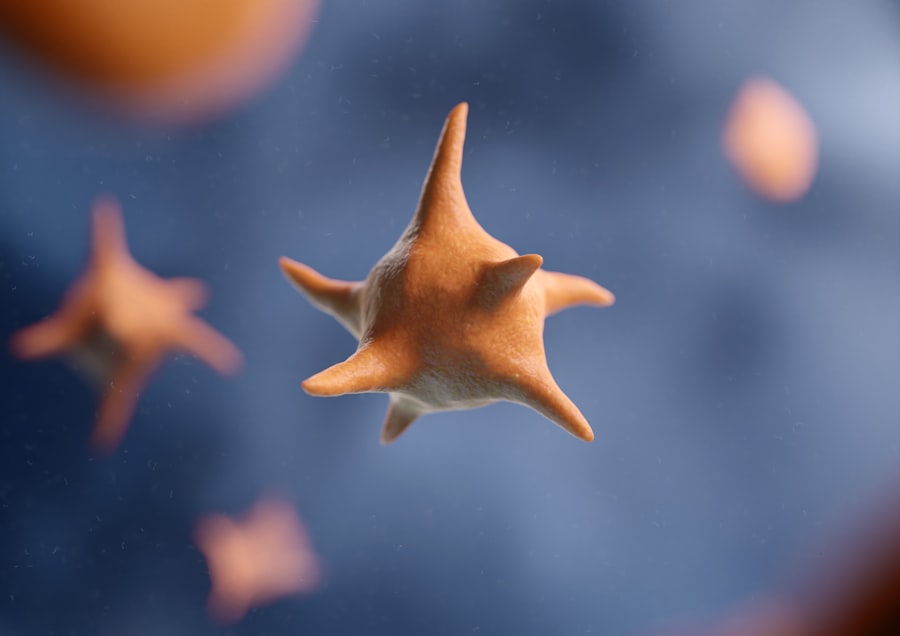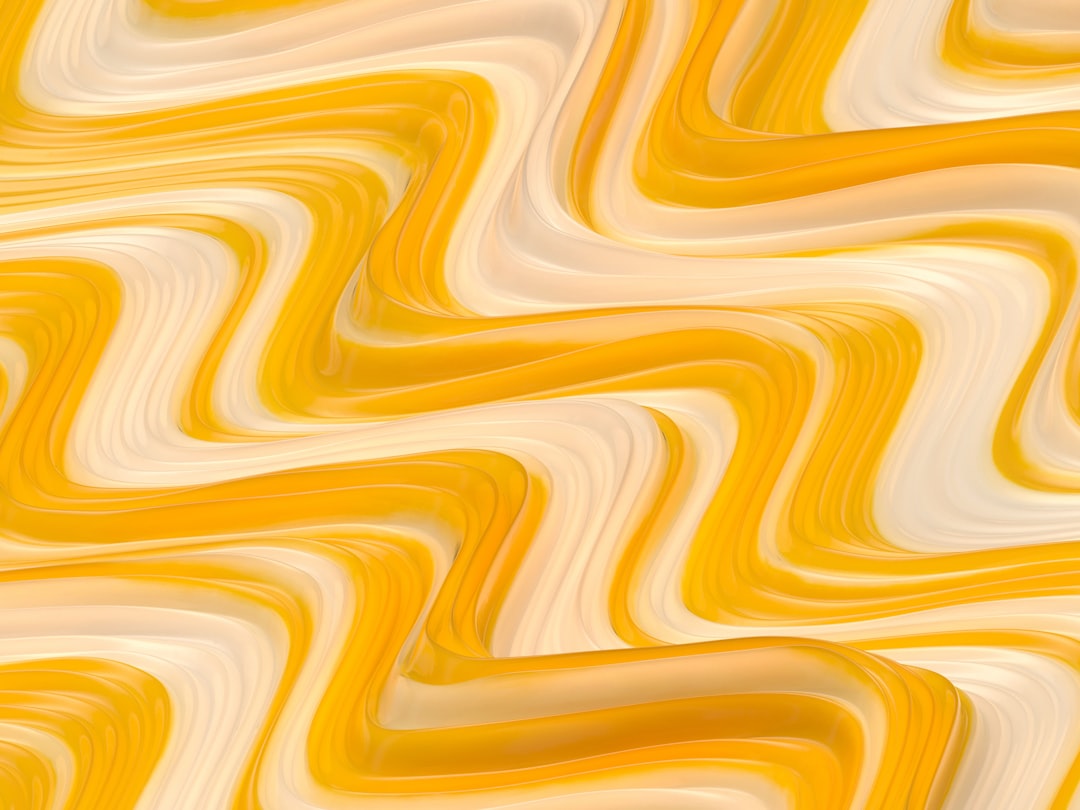The Godzillasaurus is a creature that has captivated audiences for decades, embodying the essence of both terror and fascination. As a fictional dinosaur-like monster, it has become a cultural icon, representing humanity’s fears and hopes in the face of nature’s overwhelming power. Originating from the Japanese film industry, particularly through the lens of Toho Studios, the Godzillasaurus has evolved from a simple monster into a complex character that resonates with viewers on multiple levels.
You may find yourself drawn to its story, which intertwines themes of destruction, survival, and the consequences of human actions on the environment. As you delve deeper into the world of Godzillasaurus, you will discover that its significance extends beyond mere entertainment. The creature serves as a metaphor for various societal issues, including nuclear warfare, environmental degradation, and the struggle between man and nature.
This multifaceted character has sparked discussions and debates among fans and critics alike, making it a subject of study in film theory and cultural analysis. Understanding the Godzillasaurus is not just about appreciating its monstrous form; it’s about recognizing the layers of meaning that have been woven into its narrative over the years.
Key Takeaways
- Godzillasaurus is a fictional dinosaur species created by Toho Studios, known for its appearance in the Godzilla film series.
- Toho Studios conducted extensive research and development to design a realistic and believable Godzillasaurus.
- The design of the Godzillasaurus focused on incorporating physical features that were scientifically accurate and true to its prehistoric origins.
- Toho Studios utilized advanced technology and special effects to bring the Godzillasaurus to life on the big screen.
- The realistic behavior of the Godzillasaurus was carefully crafted to incorporate elements of realism and authenticity, adding to its impact on audiences.
Research and Development
Scientific Inspiration
During this phase, the team drew inspiration from various dinosaur species, examining their physical characteristics and behaviors. They studied fossils, documentaries, and consulted with paleontologists to ensure the Godzillasaurus would resonate with dinosaur enthusiasts. This meticulous attention to detail was vital in crafting a creature that would stand out in a genre filled with monsters.
Building a Mythos
The research phase was not just about gathering facts; it was about creating a foundation upon which an entire mythos could be built. The team’s goal was to create a creature that feels both real and fantastical, blurring the lines between science and imagination.
Bringing the Monster to Life
You can imagine the brainstorming sessions where writers and designers collaborated to fuse scientific accuracy with imaginative storytelling, resulting in a creature that would captivate audiences worldwide. The Godzillasaurus was brought to life through a combination of scientific research, creative vision, and attention to detail, making it a legendary monster that would leave a lasting impact.
Designing the Godzillasaurus

Once the research was complete, the design phase began, where artists and designers transformed ideas into visual concepts. You can picture the sketches and digital renderings that emerged during this creative process, each iteration bringing the Godzillasaurus closer to its final form. The design team faced the challenge of balancing ferocity with a sense of realism, ensuring that the creature would evoke fear while still being relatable to audiences.
This duality is what makes the Godzillasaurus so compelling; it is both a monster and a reflection of our own vulnerabilities. The design process also involved considering how the Godzillasaurus would fit into its environment. The creators envisioned a creature that could seamlessly interact with urban landscapes and natural settings alike.
This required careful thought about its size, proportions, and movement patterns. You might find it fascinating how every detail—from the texture of its skin to the shape of its claws—was meticulously crafted to enhance its believability. The design team understood that every element contributed to the overall impact of the character on screen.
Creating the Godzillasaurus’s Physical Features
| Physical Feature | Description |
|---|---|
| Height | Approximately 100 meters |
| Weight | Around 60,000 metric tons |
| Length | Up to 150 meters |
| Color | Gray with rough, bumpy skin |
| Physical Abilities | Powerful jaws, sharp teeth, and strong tail for defense |
Creating the physical features of the Godzillasaurus was an intricate task that demanded both artistic vision and technical expertise. The team focused on elements such as scale texture, coloration, and anatomical accuracy to ensure that the creature would appear lifelike. You can imagine how they experimented with different materials and techniques to achieve a realistic look, blending practical effects with digital enhancements.
This hybrid approach allowed them to create a creature that felt tangible while still harnessing the power of modern technology. One of the standout features of the Godzillasaurus is its imposing size, which serves to amplify its presence on screen. The creators had to consider how this size would affect its movement and interactions with other characters.
You may appreciate how they meticulously calculated weight distribution and muscle movement to ensure that every step taken by the Godzillasaurus felt grounded in reality. This attention to detail not only made the creature more believable but also heightened the tension in scenes where it confronted human characters or other monsters.
Bringing the Godzillasaurus to Life
With the design finalized, it was time to bring the Godzillasaurus to life through animation and special effects. This stage involved a combination of practical effects—such as animatronics—and computer-generated imagery (CGI) to create seamless movements and interactions. You can envision how animators worked tirelessly to ensure that every roar, stomp, and swipe of its tail conveyed both power and grace.
The goal was to create a creature that felt alive, capable of evoking genuine emotions from viewers. The process of animating the Godzillasaurus also required collaboration between various departments, including sound design and cinematography. You might find it interesting how sound effects were carefully crafted to enhance the creature’s presence; each roar was designed to resonate with audiences on an emotional level.
The cinematographers played a crucial role in framing shots that showcased the Godzillasaurus’s scale and ferocity, ensuring that viewers felt both awe and fear as they watched it wreak havoc on screen.
Incorporating Realism into the Godzillasaurus’s Behavior

Observing Nature
The creators analyzed footage of large animals in their natural habitats, observing their instincts and social dynamics to create a more nuanced portrayal of this iconic monster.
Adding Emotional Depth
This attention to behavioral realism added depth to the Godzillasaurus’s character, allowing audiences to connect with it on an emotional level. Moments of vulnerability or curiosity were woven into its actions, showcasing that even a monstrous creature can exhibit traits that resonate with humanity.
A Range of Emotions
By giving the Godzillasaurus a range of emotions—from rage to protectiveness—the creators ensured that viewers would not only fear it but also empathize with its plight.
Reception and Impact of the Realistic Godzillasaurus
Upon its release, the realistic portrayal of the Godzillasaurus garnered significant attention from both fans and critics alike. You might recall how audiences were captivated by this new interpretation of a beloved character, praising its depth and complexity compared to earlier versions. The blend of cutting-edge technology with traditional storytelling resonated with viewers who appreciated both visual spectacle and meaningful narratives.
The impact of this realistic Godzillasaurus extended beyond box office success; it sparked discussions about environmental issues and humanity’s relationship with nature. Many viewers found themselves reflecting on their own actions in light of the themes presented in the film. You may have noticed how this version of Godzilla became a symbol for ecological awareness, prompting conversations about conservation efforts and our responsibility toward the planet.
The film not only entertained but also inspired change in attitudes toward environmental stewardship.
Toho’s Success in Creating a Realistic Godzillasaurus
In conclusion, Toho’s success in creating a realistic Godzillasaurus is a testament to their commitment to innovation and storytelling. Through meticulous research, thoughtful design, and cutting-edge technology, they have crafted a character that transcends mere entertainment. You can appreciate how this creature has become more than just a monster; it embodies complex themes that resonate deeply with audiences around the world.
As you reflect on the journey of the Godzillasaurus—from concept to screen—you may find yourself inspired by its evolution as both a character and a cultural icon. Toho has not only redefined what it means to create a monster but has also opened up new avenues for storytelling within the genre. The legacy of the Godzillasaurus continues to grow, reminding us that even in fiction, there are powerful lessons about our relationship with nature and each other.
